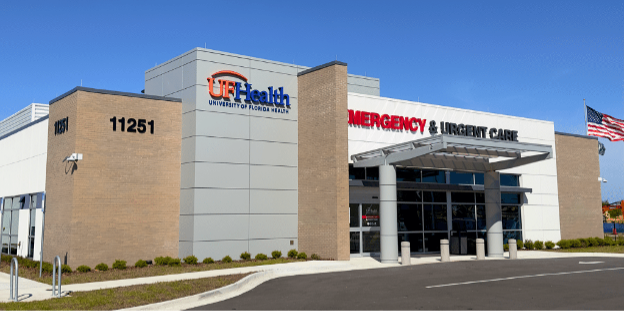Effects and Treatment for Non-Fatal Drowning
- Category: General
- Posted On:

Drowning is the term used for someone who suffocates due to submersion in water. Over 4,000 unintentional drownings are reported in the United States every year. There are 8,000 non-fatal drownings reported in the same period.
A non-fatal drowning is when a person almost dies due to suffocation underwater, reaching the final stage before drowning. Even if they survive the event, people who suffer from these incidents still need medical attention to address potential effects.
Risk Factors in Drowning
Children are at the highest risk of drowning. Statistics show that it is among the top causes of death for people below the age of 14. Most drowning incidents occur in swimming pools, especially when children are left unsupervised near a body of water.
Data also shows that males comprise most of the deaths due to drowning. There are plenty of factors to consider in this observation, including:
- Alcohol use
- A person’s profession
- Increased exposure to water
- Risk-taking behaviors
The inability to swim is a huge factor. People are exposed to large bodies of water during commutes or vacations. If something goes wrong and they cannot swim, it can lead to near drowning.
If you own a pool or live close to a body of water, you must take safety measures. Proper pool fencing could save children’s lives.
Also, kids should never be left unsupervised when playing near pools, lakes, rivers or the beach. When swimming, it is always best to do so only in the company of a lifeguard or qualified swimmer. UF Health Jacksonville offers education for parents and pool owners, including free Water Watchers kits.
Non-Fatal Drowning Symptoms
In the event a person suffers from non-fatal drowning, they can show symptoms like:
- Abdominal swelling
- Bluish skin
- Chest pains
- Coughing
- Decreasing body temperature
- Shortness of breath
- Vomiting
The severity of the incident would impact the symptoms, as swallowing large amounts of water could lead to more symptoms and complications.
Treatment for Non-fatal Drowning
Incidents of non-fatal drowning usually occur when no lifeguards or medical professionals are present. If you witness someone in danger of drowning, heed the following tips:
- Save the person only if you have strong swimming skills.
- Try to look for floatation devices and lifesavers to throw to the person.
- If the person is out of the water and has stopped breathing, perform CPR immediately.
- Contact emergency medical services.
- Be careful handling the victim, as they may have internal injuries.
- Remove their wet clothes and cover them in warm blankets if the water is cold.
Potential Effects of Non-fatal Drowning
Surviving the incident is just half the battle. Complications can arise in a near-drowning experience. Always seek help to increase the chances of recovery.
Depending on how long the victim was deprived of oxygen, they may face several complications, such as:
- Acute respiratory distress syndrome
- Brain damage due to lack of oxygen
- Chemical imbalances of the body
- Pneumonia from the cold water

Rush to UF Health Emergency & Urgent Care Centers for Non-fatal Drowning Treatment
At UF Health Emergency & Urgent Care Centers, our primary goal is to provide the residents of Northeast Florida with exceptional service and the proper billing for the care they need. Our combined emergency room and urgent care is fully equipped to handle everything from allergies to chest pain with on-site labs, X-ray, ultrasound and CT, all under one roof.
The ER and urgent care centers are open 24 hours a day, 7 days a week. No appointment is necessary — just walk in!
Find the UF Health Emergency & Urgent Care Center in Jacksonville nearest you at www.euc.ufhealthjax.org/locations.
